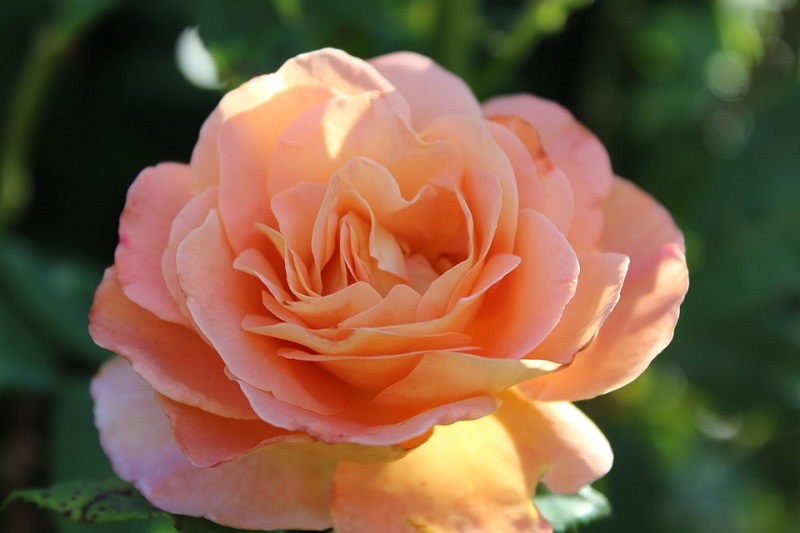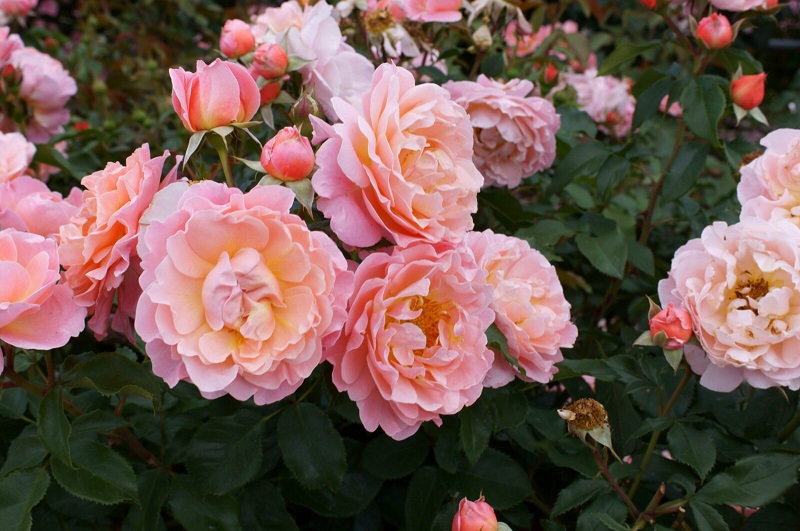Floribunda roses are a beloved category of roses known for their vibrant colors and prolific blooming. These roses are a favorite among gardeners for their hardiness, versatility, and the ability to provide continuous color throughout the growing season. Developed in the early 20th century, Floribunda roses combine the best traits of their parent varieties, making them a standout choice for both novice and experienced gardeners. Let’s explore the history, characteristics, and cultivation of Floribunda roses.
History and Origin
Development in the Early 20th Century
Floribunda roses were developed in the early 20th century through the hybridization of Hybrid Tea roses and Polyantha roses. The goal was to create a rose that had the robust bloom clusters of Polyantha roses and the striking colors and larger blooms of Hybrid Tea roses.

Key Breeders and Horticulturists
Significant figures in the creation of Floribunda roses include Danish breeder Svend Poulsen, who is credited with developing the first Floribunda roses in the 1920s. His work laid the foundation for the diverse and resilient varieties we enjoy today.
Characteristics
Physical Appearance
Floribunda roses are renowned for their variety of colors, ranging from pure whites and soft pastels to vibrant reds, pinks, and oranges. The flowers can exhibit various forms, including single, semi-double, and double blooms, often grouped in large clusters. Many Floribunda roses also have a pleasant fragrance, though it tends to be less intense than that of Hybrid Tea roses.
Growth Habits
Floribunda roses typically grow as medium-sized bushes, making them suitable for a wide range of garden settings. They have a bushy growth habit with glossy, dark green foliage. While they do have thorns, they are generally fewer and less severe than those of other rose varieties.
Blooming Patterns
One of the most appealing traits of Floribunda roses is their continuous blooming cycle. Unlike many other rose types that bloom once or twice a season, Floribunda roses provide a steady display of flowers from spring through fall.
Types of Floribunda Roses
Common Varieties and Classifications
Floribunda roses come in several classifications based on their flower form:
- Single-flowered Floribundas: These have five to seven petals per bloom and a simple, elegant appearance.
- Semi-double Floribundas: These feature multiple rows of petals, creating a fuller look.
- Double Floribundas: These have numerous petals, resulting in lush, densely packed blooms.
Cultivation
Climate and Soil Requirements
Floribunda roses thrive in well-drained soil rich in organic matter. They prefer full sun but can tolerate partial shade. The ideal climate for these roses includes mild to warm temperatures, though they are quite adaptable.
Planting Techniques
The best time to plant Floribunda roses is in the early spring or fall. Space the plants about 18-24 inches apart to ensure good air circulation, which helps prevent disease. Planting depth should allow the graft union to sit just below the soil surface.
Care and Maintenance
Regular watering is essential, especially during dry spells. A balanced fertilizer applied in early spring and midsummer will promote healthy growth and abundant blooms. Pruning is important for maintaining shape and encouraging new blooms. This should be done in late winter or early spring, removing dead or weak wood and thinning out crowded areas.
Popular Varieties
Well-Known Floribunda Rose Varieties
Some of the most popular Floribunda roses include:
- ‘Iceberg’: Known for its prolific white blooms and disease resistance.
- ‘Angel Face’: Features lavender flowers with a strong, sweet fragrance.
- ‘Julia Child’: Offers buttery yellow blooms with a delightful scent.
- ‘Hot Cocoa’: Stands out with its unique russet orange flowers.
Pests and Diseases
Common Issues
Floribunda roses can be affected by pests such as aphids, spider mites, and thrips. They are also susceptible to fungal diseases like black spot, powdery mildew, and rust.

Prevention and Treatment Strategies
Preventive measures include proper spacing, regular inspection, and maintaining good garden hygiene. Organic treatments like neem oil and insecticidal soap can manage pests, while fungicides may be necessary for severe fungal infections. Integrated pest management (IPM) practices are recommended for sustainable control.
Uses and Benefits
Garden Design and Landscaping
Floribunda roses are versatile and can be used in various garden designs. They are ideal for borders, mass plantings, and as focal points in flower beds. Their continuous blooming makes them perfect companions for perennials and annuals, providing consistent color throughout the season.
Cut Flowers and Arrangements
These roses are excellent as cut flowers, offering long-lasting beauty and a pleasant fragrance in floral arrangements and bouquets.
Symbolism and Cultural Significance
Floribunda roses symbolize grace, charm, and beauty. They are often used in gardens to convey messages of affection and admiration, and they have a prominent place in literature and art.
Conclusion
Floribunda roses are a delightful addition to any garden, offering a symphony of colors and continuous blooms. Their hardiness and versatility make them an excellent choice for gardeners of all skill levels. Embrace the beauty and charm of Floribunda roses and enjoy the vibrant impact they bring to your garden.
